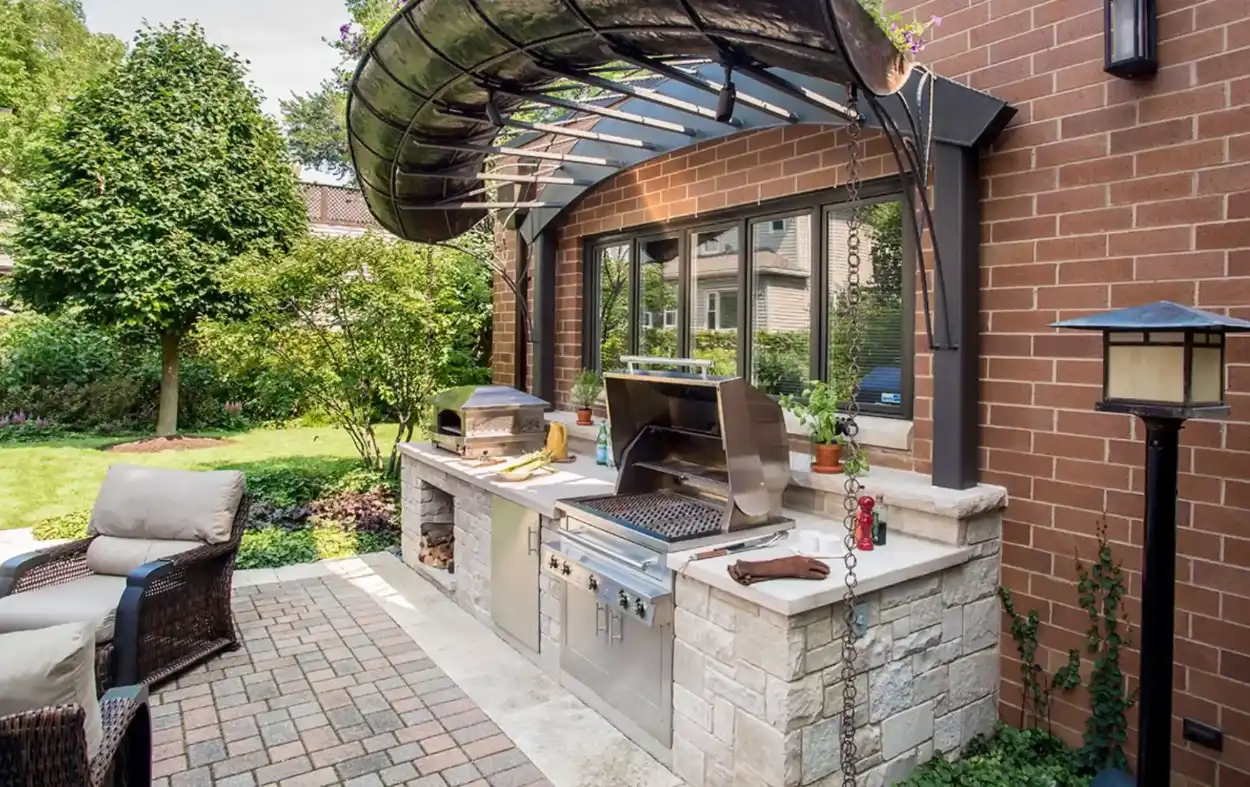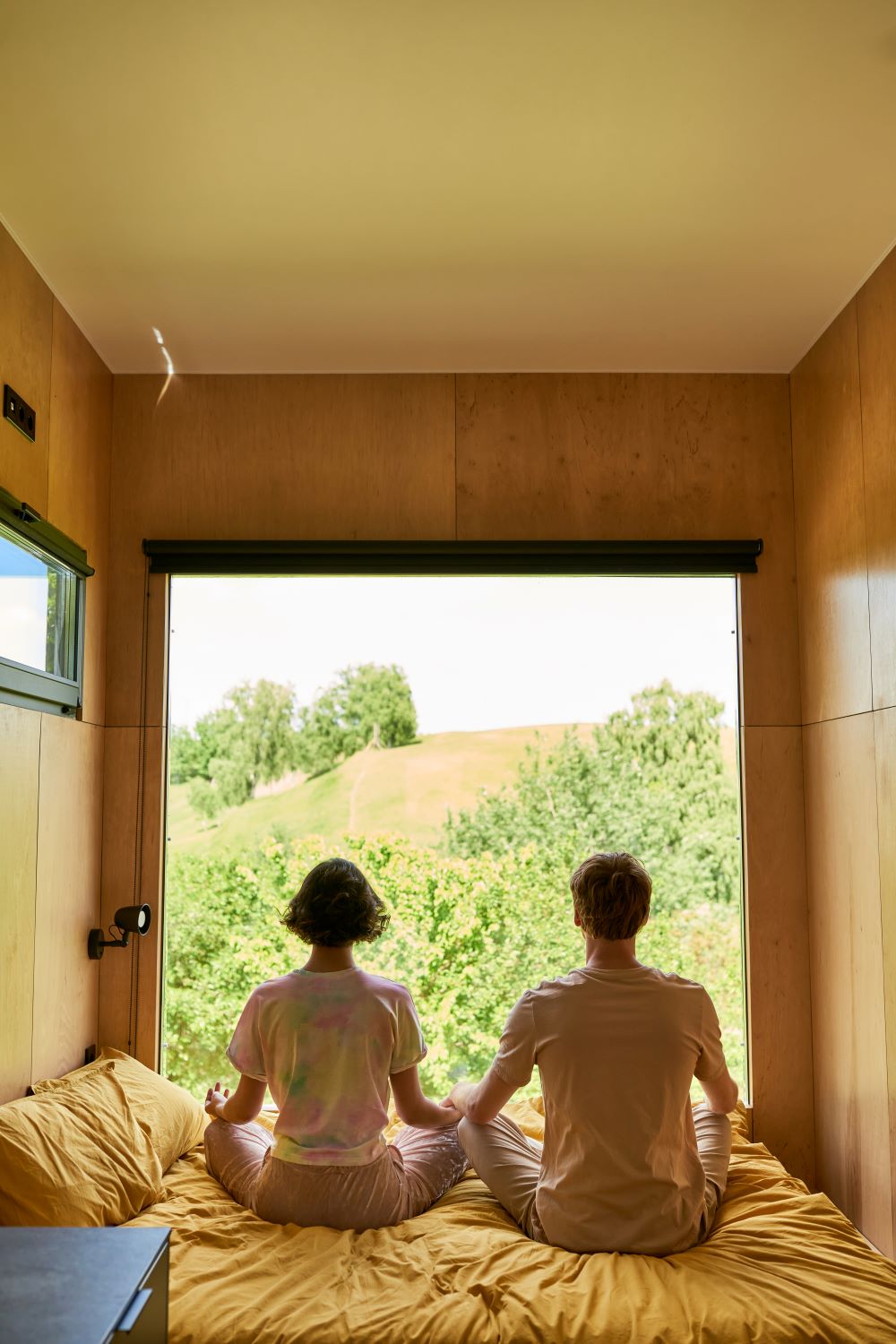Building your own custom home is an extensive process. If you’re considering buying land and customizing a home to your heart’s content, you’re probably wondering what steps you and your contractor will need to take before you can finally move in.
David Malka at DYM Builders explains the different stages of construction, and why having the right contractor makes a difference at each stage. This is your home we’re talking about — and with a huge investment of time and money, you deserve for it to be perfect. So here’s the steps a reliable contractor will take to make your dream a reality.
Pre-Construction
The pre-construction phases happen before actually breaking ground on the project. With the wrong contractor, pre-construction can drag on for over a year. But with a contractor who has an in-house team of designers, architects, and engineers — like DYM — this phase will be smooth and efficient.
Planning & Agency Approval
The planning stage consists of more than just blueprints — although planning what your house will look like is a big part of it. While the importance of proper planning cannot be understated, it’s also vital to work with a contractor who knows how to deal with different agencies to secure permitting approvals.
Having an architect and a construction crew under one roof is especially helpful in the planning stage, because they can coordinate about where the project stands in permitting and approval, and what changes need to be made to move the project forward.
Here are just some of the agencies you might need to seek approval from for your project:
- City
- County
- Municipality
- Power company
- Water company
- Gas company
- Coastline protection agency
- Environmental agency
- Historical preservation agency
Budgeting
Before you can break ground, you’ll want a solid budget for your project. An all-inclusive general contractor can help you budget your home build from start to finish. Malka explains that budgeting for new construction is challenging, since every aspect of the build has to be taken into consideration.
“You want to work with someone that has a good estimation on lead time and who knows how to budget those projects ahead of time, meaning you can get a very good idea of what to expect,” Malka comments. “Maybe not down to the dollar, but a good range that they can make decisions upon.”
Sourcing materials
Now that you have your building plans, you need to secure all the materials needed to build. A trustworthy contractor will have a wide range of vendors who can source your materials from your drywall to your kitchen sink.
Keep in mind that both lead times and prices of materials have increased greatly due to the COVID-19 pandemic, supply chain issues, and labor shortages. While it was once customary to collect all the necessary materials before beginning construction, most contractors now have to plan their construction around when materials will show up, and vice versa. This requires a whole new skill set for your contractor.
Construction
Now that planning is done, it’s time to break ground. Malka estimates that a 2,000-3,000 square foot home of 1-2 stories will typically take about 7-8 months to complete. Construction is usually divided into two phases: rough and finish. Additionally, hardscaping and landscaping take place during these stages.
Rough
The rough phase of construction includes anything that happens before the walls are closed. Here are some of the projects that are completed during rough construction:
- Foundation
- Exterior framing
- Interior framing
- Roof
- Windows
- Rough plumbing
- Rough electricity
- HVAC
- Low voltage integrations, such as smart home features (speakers)
- Utility connections: Water, power, gas
- Meter installations
Finish
The “finish” phase of construction is anything that happens after the walls are closed. Here are some of the projects you can expect to happen during finish construction:
- Spackle
- Interior drywall
- Insulation
- Tile and flooring
- Bathroom and kitchen build-outs
- Painting
- Lighting
- Electrical features
- Other features such as fireplaces, staircases, etc.
Post-Construction: Recalls
In California, custom homes go through a phase called “recall.” In this phase, the homeowner moves into the home, but can note anything that is not up to their liking. Perhaps the plumbing doesn’t work perfectly in all the rooms or there are some cracks in the tiles or walls. The owner can then issue a recall where the contractor comes back to fix anything free of extra charge.
Working with a reliable and vetted contractor to begin with can reduce the amount of recalls you have to make in the end. Additionally, some contractors may take a long time to get around to recalls or will have to do extensive work to fix their mistakes.
“When you’re looking and shopping around for the contractor, you want someone that is aware that there are going to be recalls or corrections and that he’s giving you the service that you’re looking for,” Malka explained.







